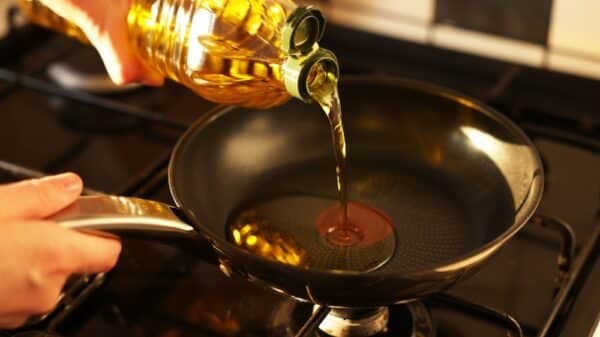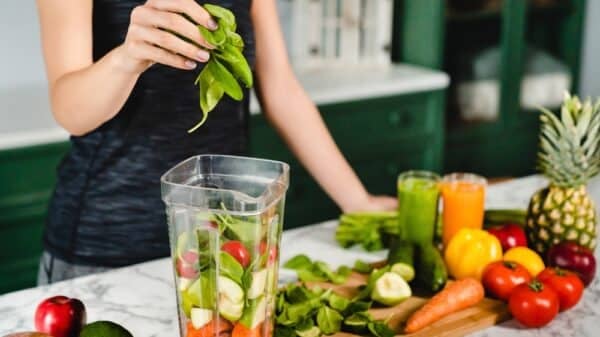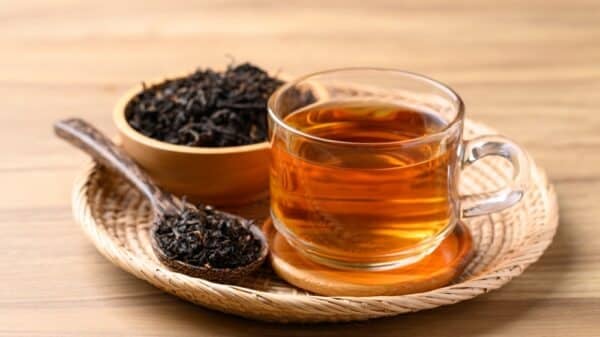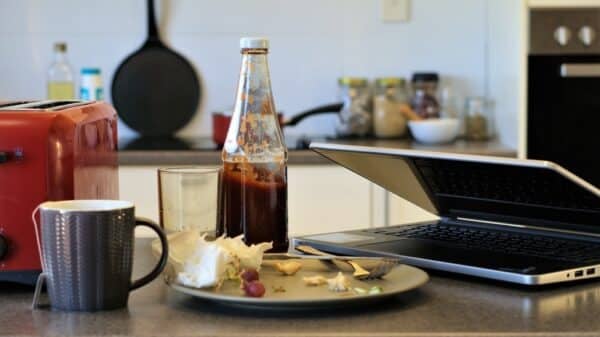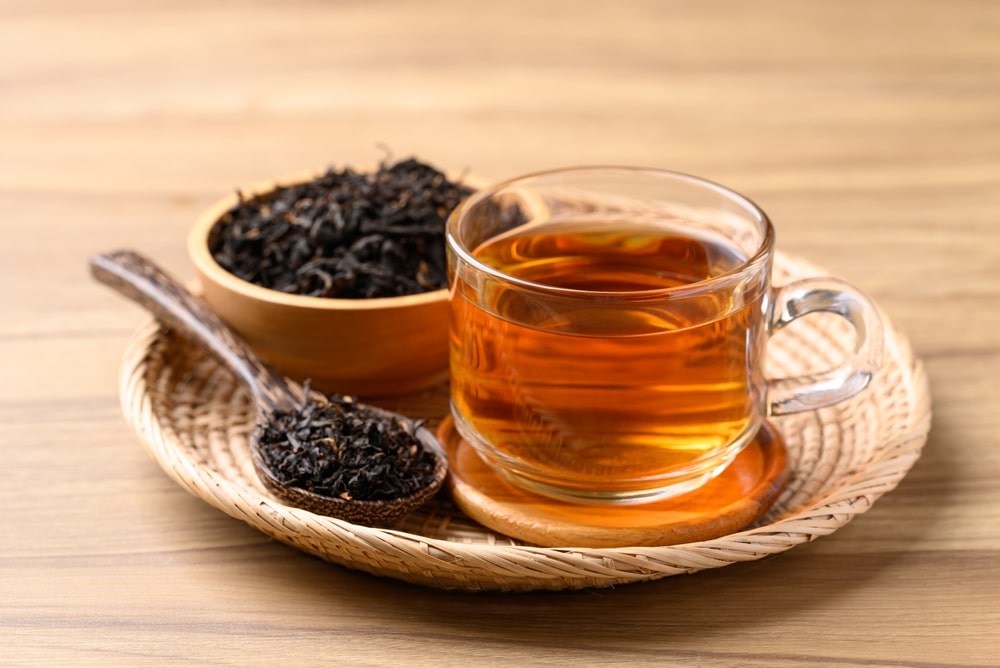A steaming cup of well-brewed tea can be one of life’s simple joys. Isn’t it comforting to savor that warm embrace as you take a sip? It’s no secret that tea is the most-consumed beverage globally, second only to water, and its roots go back thousands of years. There’s a world of flavors and aromas packed into those leaves, and many people enjoy a daily cup not just for taste but also for the potential health benefits it offers. But let’s get to the important part: how long should you steep your tea to brew that perfect cup?
It’s a question that goes beyond just your taste buds; it’s also about unlocking the many potential health benefits that come from drinking “true” teas made from the leaves of the *Camellia sinensis* plant. To provide the best advice on steeping tea, we consulted the experts at Bigelow Tea Company, a family-owned business dedicated to crafting quality tea blends since 1945. Let’s explore everything you need to know to achieve the optimal balance of flavor and health benefits, along with tips tailored specifically for black, green, and herbal teas.
When it comes to brewing that cup of tea you love, both the tea type and your personal preferences play significant roles in determining steeping time. According to the folks at Bigelow, here’s a quick reference:
- Black tea: 2–4 minutes
- Oolong tea: 2–4 minutes
- Green tea: 3 minutes
- Herbal tea: 4 minutes
While you often find the manufacturer’s suggested steep time printed right on the package, it’s worth noting that everyone has a unique palate. So why not experiment? As a representative from Bigelow highlights, “Since each botanical and each person are unique, we recommend brewing to your own personal preference.” If you enjoy a bold, robust flavor, steeping a little longer may just do the trick. Conversely, if you prefer something delicate, aiming for shorter steep times may suit you better.
Let’s not gloss over the fact that under-steeping can lead to a lackluster cup that tastes more like hot water than tea. However, it is also possible to oversteep. While longer steep times can amplify flavor, they also risk drawing out excess tannins, which are natural compounds in tea. Yes, tannins contribute to tea’s renowned antioxidant profile, but they can also give your brew an undesirable bitterness. Research shows that after about five minutes of steeping, you’re already extracting the majority of those beneficial compounds, so there’s no need to let your bag steep indefinitely.
For those who really want to nail down the steeping process, setting a timer can be a helpful strategy. Forget about coming back to an oversteeped cup; having a timer keeps you focused and ensures you get to enjoy the flavor just how you like it. A representative from Bigelow shares that “some people find a timer to be helpful as they are steeping tea; others just look at the color of the brewed liquid and use that as their guide.” Choose what resonates with you!
Now, if you’re venturing into the delicious world of iced tea, you might be inclined to steep longer. Bigelow suggests steeping one tea bag in one cup of boiling water and using four to six bags for an eight-cup pitcher. Steeping for around three to five minutes—or longer if you like it stronger—can enhance flavors, especially since the ice can dilute your brew over time. Adding any sweetener beforehand ensures it dissolves nicely, creating a refreshing drink.
Another crucial aspect of brewing is water temperature. It may surprise you, but the right heat can make a significant difference in your tea’s flavor profile. For black, oolong, and herbal teas, use water that is boiling. But when brewing green tea, go for water that’s just shy of boiling—this helps maintain the tea’s delicate flavors.
To help you perfect your daily cup, Bigelow has a few helpful tips up their sleeve. Always use fresh, cold water to brew your tea—reusing water from last time diminishes flavor. If you run your faucet for about 30 seconds before filling the kettle, you’ll aerate the water, leading to a more complex and delightful taste. For a single cup, use one tea bag; for a pot, four to six bags work best. And don’t forget to cover your cup while steeping, which keeps the heat locked in and your tea piping hot.
In the end, remember that your tea journey is your own. You might find recommended steeping times on the package, but the beauty of brewing is that you can cater it to your taste. Whether you lean towards a lighter cup or a stronger brew, experimenting with steeping times is part of the fun. Just be careful; steeping too long may pull out those bitter tannins. Fortunately, you can achieve all the antioxidant benefits of tea without compromising that delightful flavor.
Image Source: Nungning20 / Shutterstock



